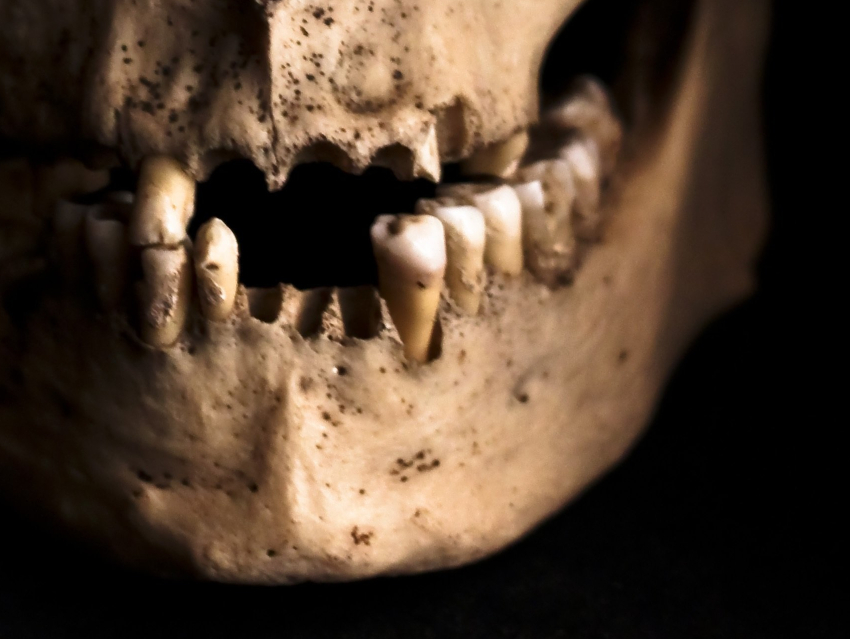There is a lot of information stored in the hardened plaque, or calculus, between teeth. It contains remnants of, e.g., the DNA and enzymes in saliva, proteins and lipids from food, and the bacteria in the oral microbiome. Under the right conditions, those remnants can be preserved in dental calculus for thousands of years. Identifying the compounds preserved within ancient plaque provides researchers with information about how our ancestors lived, what they ate, and what diseases they had. However, only small amounts of calculus can be obtained from ancient teeth, and thus, it is important to apply methods that can extract the most information from minuscule samples. Filter-based techniques are often used, but they can be time-consuming and introduce contaminants.
Michael Buckley, University of Manchester, UK, and colleagues have compared traditional ultrafiltration-based and acetone precipitation approaches with a newer method that uses surface-functionalized paramagnetic beads, called single-pot solid-phase-enhanced sample preparation (SP3). In this approach, the beads bind protein fragments, making them easy to isolate and then analyze by mass spectrometry. The team tested whether SP3 could improve the number and complexity of protein fragments that can be identified in preserved ancient calculus. They used the method on calculus from 153 ancient individuals dating from between the 1st and 4th century BCE.
The researchers found that SP3 reliably increased the number of unique protein fragments they could identify in samples. This includes smaller peptides that were missed by ultrafiltration and acetone precipitation. SP3 is also easy to perform and less likely to introduce contaminants than the other methods. Using this approach, the researchers identified fragments of dairy proteins, which provide information about the subjects’ diets, as well as bacterial proteins, which could provide insight into ancient diseases.
- Comparing the Use of Magnetic Beads with Ultrafiltration for Ancient Dental Calculus Proteomics,
Karren S. Palmer, Cheryl A. Makarewicz, Alexey A. Tishkin, Svetlana S. Tur, Amartuvshin Chunag, Erdenebaatar Diimajav, Bayarsaikhan Jamsranjav, Michael Buckley,
J. Proteome Res. 2021.
https://doi.org/10.1021/acs.jproteome.0c00862


